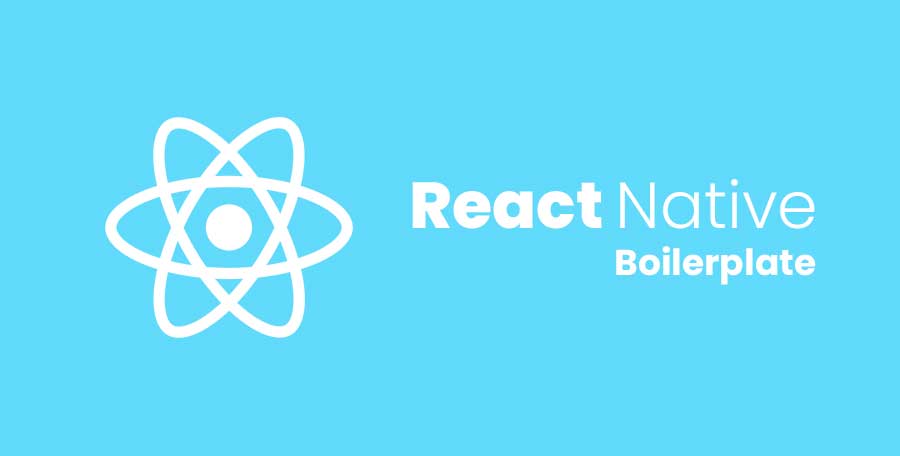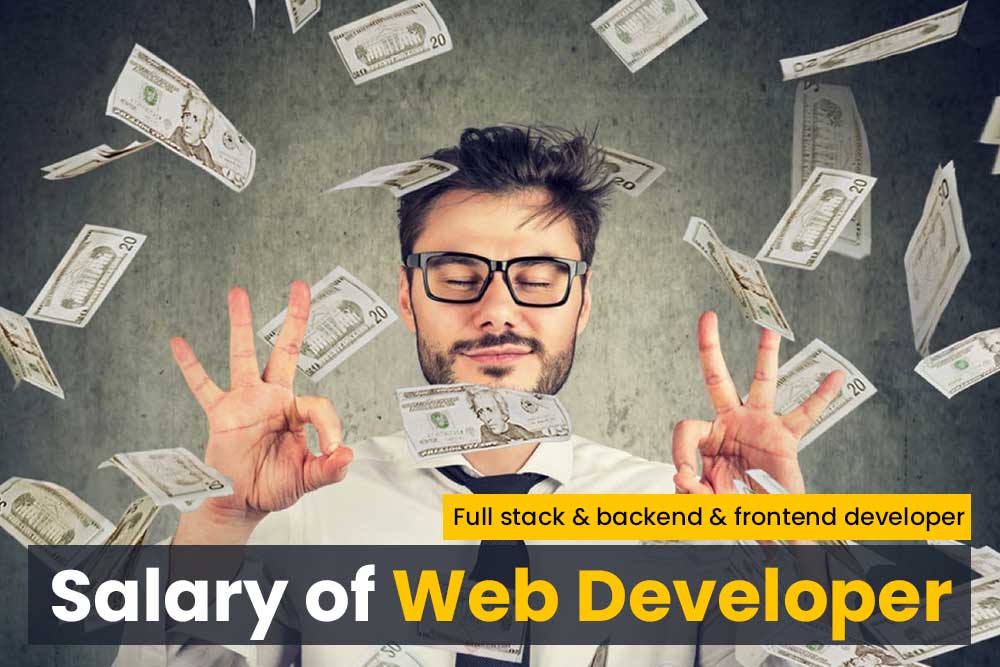Starting an app development project using React Native can be daunting. Therefore, multiple supporting methods and technologies to start being helpful. But these technologies seem overwhelming while choosing a development path for your app.
Well, everyone like the options, mainly when it comes to technologies. Don’t worry; options like boilerplate is available here to kick-start your app development project; therefore, you can easily focus on your core business activities and logics.
In this way, you can differentiate the application from its competitors.
A boilerplate tends the first setup you require to initiate your app development project. To start a project, you need proper project structure and libraries.
What is a Boilerplate?
Boilerplate offers you different types of libraries like react-native-safe-area, react-navigation etc. These are some of the required libraries for each project. Now come to another required element of app development is the project structure.
While starting any new project, you need to set up a folder structure like the reusable component will move into the component folder, a new screen will move in the screen folder. These setups are vital for your new project; therefore, these requirements are termed boilerplate.
Know the Benchmark for an ideal React Native Boilerplate
If you plan to create an app using React Native from scratch, you need to consider utilizing the React-native boilerplate. Its architecture often developed to follow React Native/ React best practices and for the best performance too.
Update your boilerplate monthly to get the best results from the react-native boilerplate. It updates all libraries and refines the version of react-native you use. Check the changes done with the update.
If you clone the unmaintained and old react-native boilerplate template, your app will not perform better, creating issues in your code, compatibility, etc.
What is the folder structure in Boilerplate?

- Component Folder:
Where you will put your reusable component, here we are talking about the component used in numerous screens.
- Screen Folder:
It contains all screen related files such as Homescreen.js, LoginScreen.js etc.
- UI folder
It contains the User Interface (UI) components under the component folder. Developers put button and font level components in this folder.
- Constants folder:
It will include constant files like color.js. Color.js like files will contain the main app colour, secondary colour etc. Such constants reside in this folder.
- Assets/Fonts folder:
As the name suggests, this folder contains app fonts like .ttf,.otf etc.
- Assets/images:
It includes static images that are required to develop your app. React Native manage the image format 1x, 2x, 3x automatically for both iOS and Android. Also, developers don’t need to think about dpi. hdpi, mdpi like things.
Additional components of react-native folder structure:
- Custom Navigation Header:
React-navigation library provider navigation header. Customization is not easy in this, but it is cool. As a developer, you can make custom headers that are highly compatible with Android and iOS.
- RootComponent:
For each screen, it would be the root component. It offers a save area view on both iOS and Android screens.
Properties of Boilerplate you need to know:
Good file structure
In case the boilerplate is disorganized from the beginning, you will need more time to make it structured and who knows the breakages. Choosing a boilerplate that includes a proper file structure.
Learning curve
It has a low learning curve. It might be you know some of the libraries; however, learning new libraries that you are unaware of within a boilerplate will take longer to start.
Community support
You have to go with the boilerplate that is updated and contains a strong community to resolve the issues you face during development.
Conclusion
Now, we are aware of what is boilerplate. However, why we need it is still not defined. Boilerplate offers you a predefined project structure and architecture so; it saves your time and removes the hassle of running the development wheel again and again.
It makes developers’ life easy. All of us have heard the name create-react-app; what does it mean?
It offers a boilerplate for each new react app project. It creates a setup for all of us, such as webpack, babel etc. With boilerplate as a developer, you can live stress-free from the initial setup burden.




